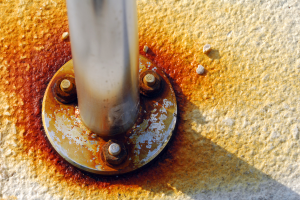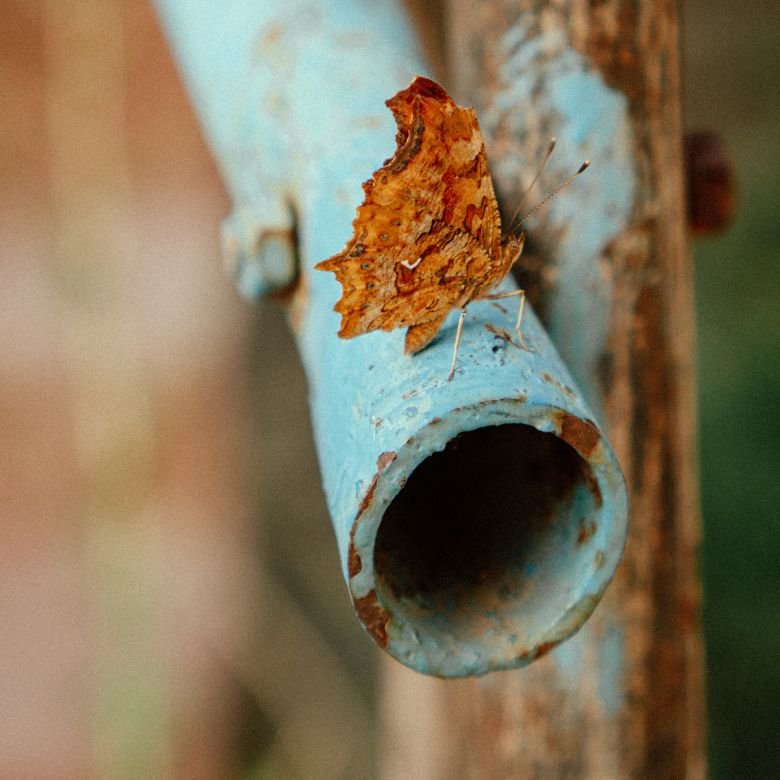For hundreds of years, people have been looking for answers to the questions: how to protect metal from corrosion and how to give metal surfaces an elegant look. These searches lead to the discoveries of the turn of the eighteenth and nineteenth centuries, pioneered by the physicist Luigi Galvani and the chemist Luigi Valentino Brugnatelli. They initiated work on galvanic cells and electroplating. What is it and where are electroplating processes used? Let's check!

Metal electroplating: what is it?
The term ‘electroplating’ is a simplified term derived from the name of the inventor, i.e. Galvani. In the specialist nomenclature, electroplating is a process of applying thin, durable metal coatings to the surface of various objects (mainly metal).
As a result of this treatment, the metal surface is protected against corrosion. Electroplating also makes it possible to obtain additional aesthetic values, e.g.: giving the item a specific colour, gloss, mirror layer, etc.
Electroplating processes: the division
The term “electroplating” is often used interchangeably with the term “electrotyping”, but this is incorrect. Electrotyping is a broader concept. It includes both galvanostegy and galvanoplasty processes. How do they differ?
Galvanoplasty consists in creating copies in the form of thick metal coatings in the process of electrolysis. These coatings can be easily separated from the substrate and often have complex, detailed shapes. In galvanostegy, thin coatings are formed that cannot be separated from the substrate.
There are also other types of electrotyping treatment. For example:
- anodising, i.e. creation of non-metallic coatings (most often these coatings are made of metal oxides),
- phosphating – consists in covering non-metallic coatings with a layer of phosphates (these are usually solutions of manganese, iron or zinc hydrogen phosphates),
- galvanising, i.e. coating metals with a layer of zinc,
- copper plating – electrolytic coating of metal with copper,
- chrome plating – covering metal or plastic with a layer of chrome.
See the range of additives for electroplating processes from the PCC Group.
What does the electroplating process consists of?
Electroplating requires appropriate technical facilities and the involvement of an experienced plater. Therefore, all electroplating processes are carried out only in professional electroplating facilities. These facilities are equipped with large tubs made of electrolyte-resistant materials.
Only thoroughly cleaned and degreased items go to the electroplating bath. (Highly contaminated raw material is often subjected to additional etching baths). Then the metal items in the tubs are connected to the negative pole of the power source and form the positive pole, i.e. a cathode. The negative pole (anode) is formed by metal plates in the electrolyte. The flowing current causes a new coating to gradually form on the metal surface. Optionally, instead of metal plates, platers also use various types of salts, which are also subject to gradual decomposition.
Metal electroplating: a process that depends on various factors
It is not easy to achieve a perfect effect in the form of a high-quality galvanic coating. What factors affect the final appearance, hardness and structure of the new layer? The quality of the coatings and their formation time depend, among others, on:
- type of electrolyte used (the choice of electrolytes is very wide, these can be mixtures containing cyanides, sulphates, chlorine, etc. – each electrolyte gives different effects and is intended for different types of substrates: metal or non-metal),
- temperature and concentration of the electrolyte solution,
- current density used in the electroplating process.
The duration of the electroplating process is very diverse and ranges from several minutes to several hours, which also depends on the selected method and the expected target coating thickness.

What is metal electroplating used for?
Justifiably, electroplating facilities are still developing in Poland and around the world and the interest in their services is not decreasing. What are the main advantages of electroplating?
- Thanks to the additional layer, metals (and plastics) gain excellent, long-term protection against moisture penetration and metal-destroying corrosion.
- A galvanic coating increases the durability of products and their resistance to chemical or mechanical damage (scratches, abrasions, etc.);
- The new, waterproof layer makes the surfaces look elegant: they are glossy or matte, smooth and aesthetic – they can be freely finished according to individual expectations.
Another advantage of electroplating is the possibility of use on both small metal details (handles, screws, batteries, fasteners) and on large structural or decorative elements.
- https://www.britannica.com/summary/electroplating
- https://encyklopedia.pwn.pl/haslo/galwanotechnika;3903810.html
- https://www.sciencedirect.com/science/article/abs/pii/S0013468699001437
